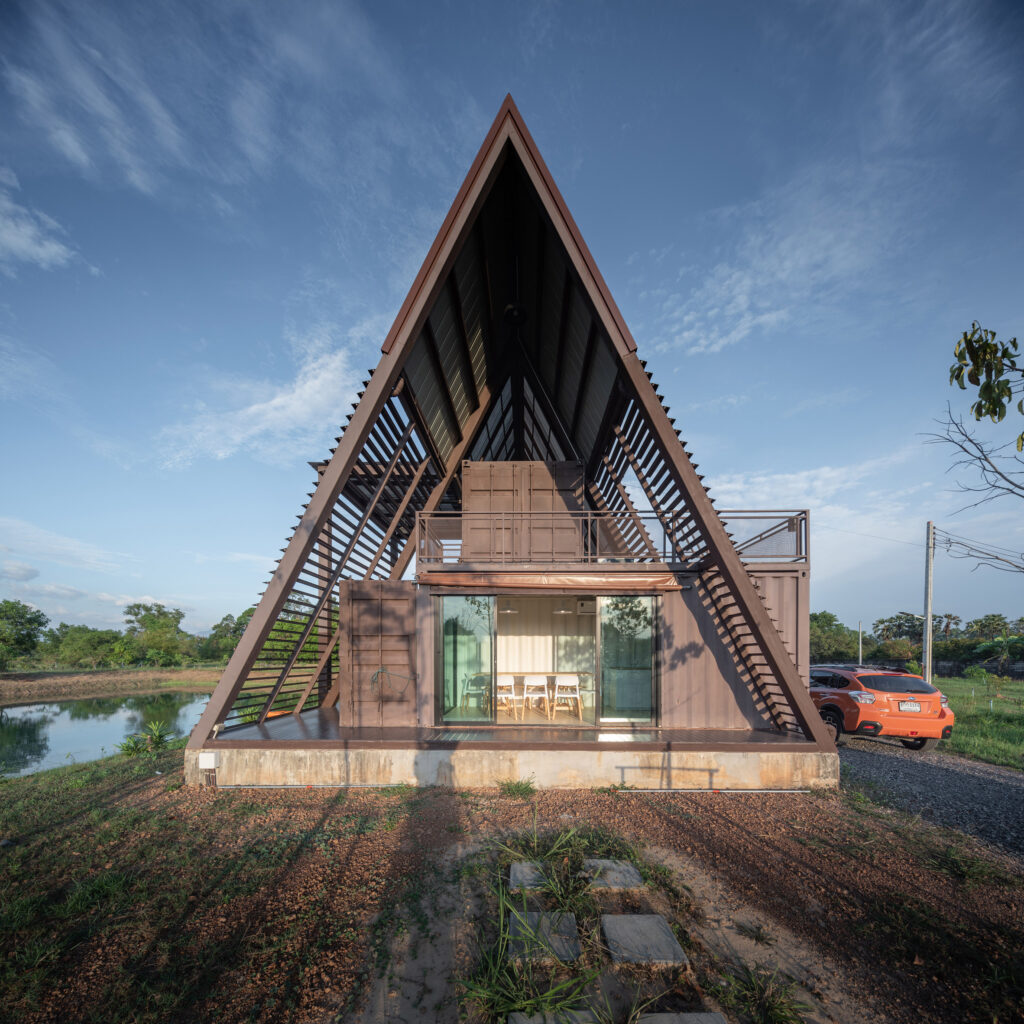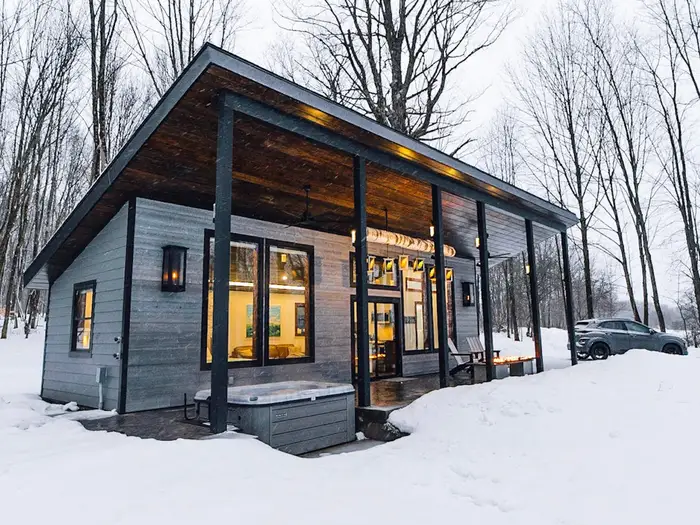Container cabins often repurposed shipping containers converted into living spaces, offices, or other functional structures. They’ve gained popularity due to their durability, eco-friendliness, and cost-effectiveness.Container cabins, also known as shipping container homes or cabins, are dwellings created by repurposing shipping containers. These structures offer an innovative and sustainable approach to housing.
These cabins can be customized in various ways:
- Insulation and Climate Control: Proper insulation is crucial to regulate temperature, especially in extreme climates. Adding insulation helps maintain a comfortable interior temperature.
- Size and Layout: Containers come in standard sizes (like 20 or 40 feet long), but they can be modified to create larger spaces by combining multiple containers or cutting and rearranging walls.
- Windows, Doors, and Ventilation: Cutting openings for windows and doors is common to allow natural light and air circulation. Ventilation systems might be added for improved airflow.
- Interior Design: The interior can be personalized based on its purpose—bedrooms, bathrooms, kitchens, and living areas can be designed and furnished accordingly.
- Utilities: Plumbing, electricity, and other utilities can be installed to make the cabin fully functional.
- Exterior Finishing: The exterior can be customized with various finishes, such as paint, wood cladding, or other materials, to improve aesthetics and weather resistance.
- Mobility: One advantage of container cabins is their mobility. They can be transported and set up in different locations, offering flexibility for temporary or permanent housing solutions.
These cabins are versatile and can serve as homes, vacation getaways, off-grid living spaces, or even commercial structures like cafes or pop-up shops. They offer a unique blend of sustainability, mobility, and adaptability.

